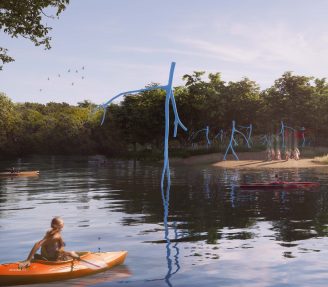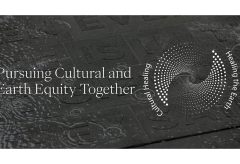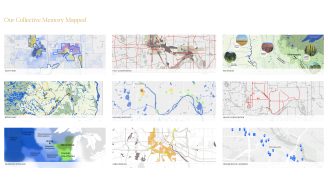Search
Sorry, no results found. Please try adjusting your search.

Following George Floyd’s murder & societal rifts of 2020 and 2021, our firm reflected on our role as landscape architects and urban planners in dividing or uniting communities with public open space. What we found was missed or erased historical context and stories from the past, and a site-by-site approach that failed to truly embrace the larger ecological and social systems at play in many projects.
In response, we began a self-funded journey of data gathering & engagement with diverse voices from across our community. We worked together to understand the complex relationship between the land & people, and to define a different way forward that blends the lens of urban planning and landscape architecture. For 2 years, we have mapped our research & tested how this vision can transform the public realm using our hometown of Minneapolis as a test case. We believe that this research is pivotal in the regeneration of the earth and could be replicated in any city in America. We aim to uncover the areas where story telling in the land can bring us together through connected open space and demonstrate how landscape architects are uniquely positioned to address cultural + earth equity issues together.
Laying the Groundwork for Healing Landscapes in the Twin Cities and Beyond
Our Minneapolis pilot project embodies our first iteration of this approach, gathering deep-rooted city stories with input from a diverse group of local artists and historians. The process of working directly with knowledge keepers and makers helped us connect the expertise of our profession more directly with the needs and the desires of the community, with the health of the land in mind. The Healing Landscapes methodology defines a process for gathering stories, and redesigning spaces where the collective memory of our city is strong. We start by understanding the stories of people, and how they have moved across the land. This understanding leads us to find creative ways to tell the stories of regional celebrations, and tragedies. It aligns with the efforts of local non-profits and companies serving the community, as well as ecological systems that serve the health of people, plants and animals that call the region home. These stories are told in public open spaces along rivers, roadways, and neighborhood centers. We link these nodes with open space that celebrates their vibrant stories across time.
Traditional urban planning, fixated on quantitative data, often misses the essence of communities, viewing them through a narrow lens of statistics, and discrete disconnected systems like mobility, programming, population density, and zoning. Healing Landscapes introduces a qualitative perspective, prioritizing community stories that can more meaningfully shape project briefs, ensuring a richer understanding of how space can truly reflect and celebrate the beauty of community by honoring the past and envisioning a well rooted future.
The Healing Landscapes initiative aims to co-create future landscapes infused with these diverse narratives, fostering inclusive urban design. By engaging communities from the outset, we envision urban spaces that narrate the city’s history and promote a healed and unified future.

